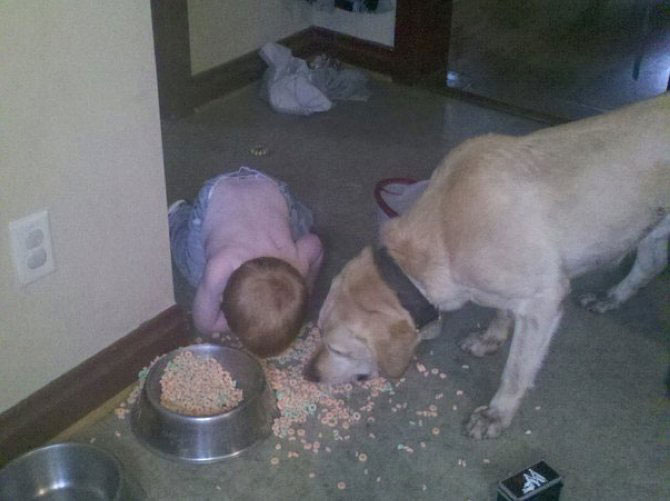
These levels show how much help children need with their social-communication skills, and restricted, repetitive and/or sensory behaviours. The diagnosis will include support levels, which range from ‘requiring support’ to ‘requiring very substantial support’. reviewing children’s developmental history – that is, how children have developed in the pastĬhildren will get a diagnosis of autism spectrum disorder.watching how children play and interact with others – that is, how children are developing now.If the assessment happens this way, the professionals will share and discuss their observations. Or they might do individual assessments over a period of time in different places. These professionals might assess a child together at the same time and in the same place. It might also include other professionals, like an occupational therapist. Autism diagnosisĪutism can be diagnosed from 12-18 months, but it’s usually from around 2 years of age.ĭiagnosis usually involves many specialists and professionals testing and assessing a child – this is called a multidisciplinary assessment.Ī multidisciplinary team usually includes a paediatrician, a psychologist a speech pathologist and sometimes a psychiatrist. Signs of autism in older children and teenagers might become noticeable when children have difficulty adjusting to new social situations in the school environment – for example, understanding and following instructions, making friends, and having age-appropriate interests. The number of signs varies according to children’s ages and the effect that autism has on their everyday lives. Some children have many early signs, whereas others have only a few. not be interested in playing with other children.In the toddler years, signs of autism become more noticeable as children are expected to start talking and playing with other children. For example, children who are later diagnosed with autism might: In the first year of life, signs include differences in children’s social and communication development. Signs of autismĮarly signs of autism usually appear before children are 2 years old. Researchers have found many possible genes that might play a role in the development of autism. It’s more likely that several genes combine and act together.

But it’s unlikely that one specific gene is responsible for autism. But it means that in autistic children, parts of the brain communicate with each other in an atypical way.Įvidence strongly suggests a genetic basis to autism. We don’t know why this rapid growth happens. The brains of autistic children tend to grow faster than average during early childhood, especially during the first three years of life. There might be several causes, including brain development and genetic factors. We don’t know exactly what causes autism. We’re making this change over time, so you’ll still see some articles that use a different approach. Many autistic people prefer this approach. This involves referring to ‘autistic children’, for example, rather than to ‘children with autism’. uses ‘identity first’ language to talk about autism, rather than ‘person first’ language.

flutter fingers to the side of their eyes to watch the light flicker.Īutistic children have these characteristics because their brains have developed differently from other children’s brains.




 0 kommentar(er)
0 kommentar(er)
